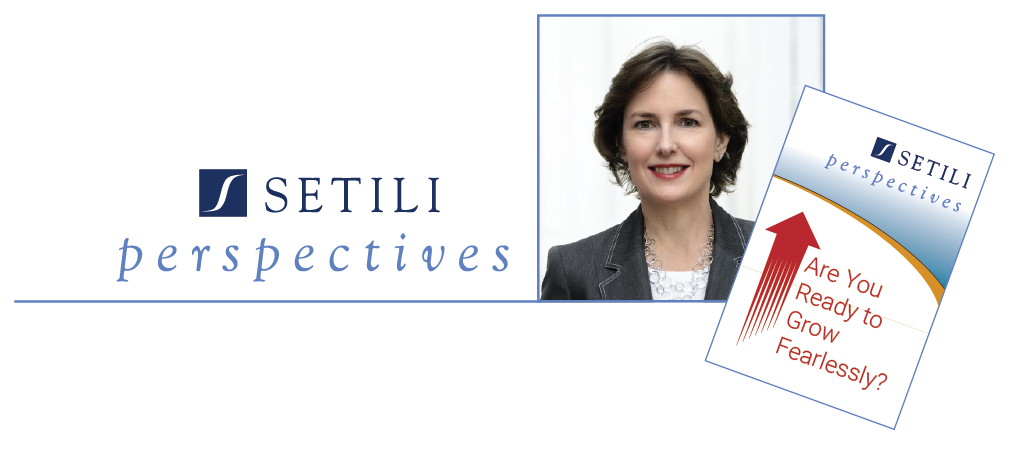3 Mistakes in Managing Risk and Uncertainty
![]()
Not long ago, I stood on a pier near Cape Canaveral, Florida and watched a SpaceX rocket launch.
People were wearing SpaceX t-shirts and talking excitedly. SpaceX has brought the thrill back into space exploration.
Founder Elon Musk figured that by developing a way to reuse rockets, just like airplanes, he could reduce the cost of travel to space by a factor of a hundred.
He’s well on his way to achieving that. The company created the first commercial spacecraft in history to shuttle cargo to and from the International Space Station, and has already cut the cost of launching into space to less than a tenth of its prior level.
His ultimate goal, however, is to colonize Mars, making human life inter-planetary.
How’s that for a bold vision statement?
Ten minutes after we watched the rocket launch that day, SpaceX attempted a precision landing of the spent first stage onto an unanchored ocean platform.
Though the SpaceX team judged the odds of success of landing on the platform as “50% at best,” they viewed the attempt as part of a learning journey—one step in a series of tests that would ultimately result in a fully reusable first stage.
No matter what business or industry you are in, risks exist. <– Click to Tweet
Competitors enter the market, customer tastes change, new technologies appear, and market prices can take dramatic and damaging swings.
The future is never certain; but in some industries—like space exploration—it is profoundly uncertain.
Good strategy nearly always involves a bet, so as leaders, we need to become comfortable making decisions when we have less information than we’d like, and when the future is highly unpredictable.
Musk has avoided three mistakes that I’ve observed other companies make in managing risk and uncertainty:
Mistake number 1: Taking no action.
Executives often fail to make a strategic move because they are uncomfortable with the risks or can’t agree on whether it’s worth the potential reward. When the rest of the smartphone industry moved to touchscreen technology, BlackBerry (then called RIM) stuck with keyboards for far too long. BlackBerry’s market share plummeted as a result of this and other missteps, and the company found itself struggling to survive.
Just like SpaceX has designed a series of tests to learn how to reuse rockets, to bring the cost of space travel down, figure out what action you can take today to begin your learning journey.
In uncertain environments, place several small bets, then adjust your strategy based on the outcomes of those bets. For example, test several different versions of a new product or new advertising message. Watch how customers respond, then eliminate the unsuccessful versions while building upon the successful versions.
Mistake number 2: Engaging in “me-tooism.”
This happens when a company takes the “safe” route by waiting until a competitor has succeeded with a new strategic choice, then follows the competitor’s moves. Almost every industry has a few companies that subscribe to this fast-follower approach. They avoid difficult strategic decisions, but find themselves with an undifferentiated offering and mediocre results. For example, auction websites auction.com, eBid.net, ePier, and others like them have not attained nearly the level of market penetration nor success as eBay—the company that pioneered online auctions.
Break out of the horse race by figuring out what you can do differently (and smarter) than the competition.
Mistake number 3: Assuming everything will go right.
Companies make a bold move, but fail to adequately identify and manage the inherent risks. They want to invest and grow, so their financial projections assume that many things will go right. I see this when companies enter new markets but fail to manage the risks, such as customer and channel acceptance. Hewlett-Packard’s failed introduction of the TouchPad tablet in 2011—a product it pulled only forty-nine days after launching it—provides an apt example.
Though one of the most innovative and courageous leaders of our time, Musk retains a grounded sense of what’s doable.
In David S. Kidder’s book The Startup Playbook, Musk was quoted as saying, “Wishful thinking is one of the most profound human failings, and the major reason why people adhere so strongly to wrong ideas. This doesn’t mean that you can’t be optimistic. You simply have to be realistic as well,”
To be realistic, you must assess your odds of success, then identify and address the risks head-on.
Avoid these three costly mistakes—paralysis, me-tooism, and wishful thinking—and you can manage successfully even in the most uncertain of business environments.
Amanda Setili (@amandasetili) is author of The Agility Advantage: How to Identify and Act on Opportunities in a Fast-Changing World (learn more and read a sample here.) and managing partner of strategy consulting firm Setili & Associates – visit us to engage on this and other posts.



